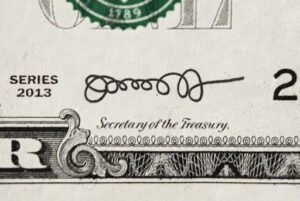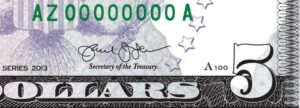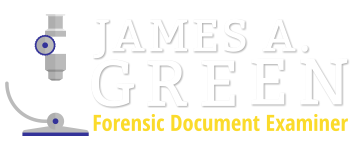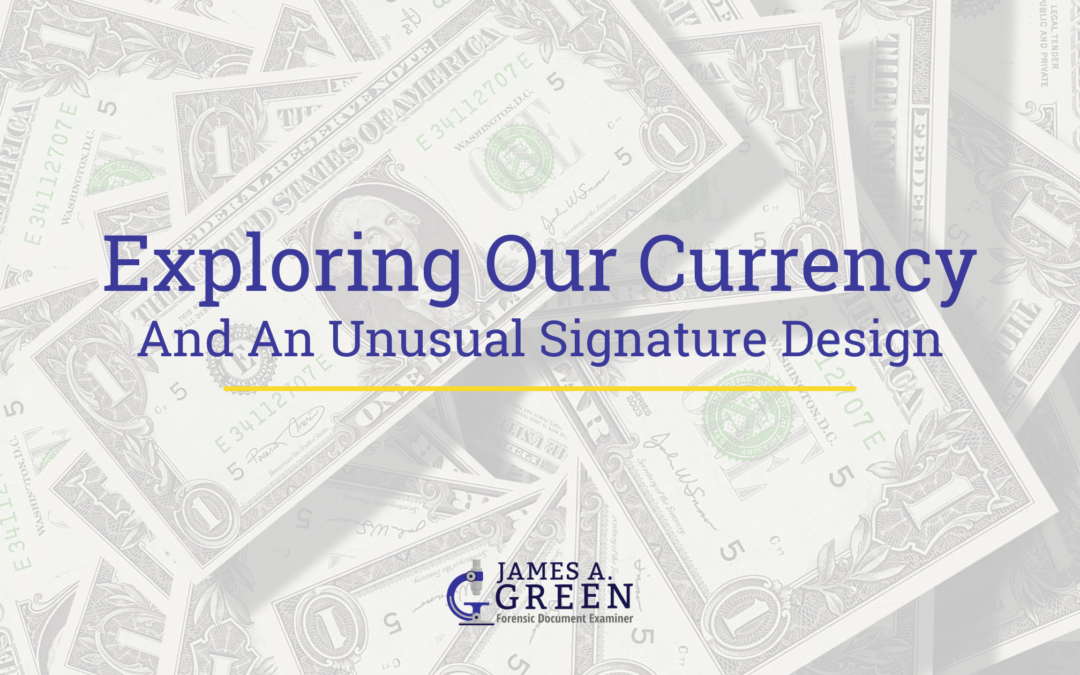Although we handle currency on a regular basis, we rarely take time to appreciate the many “parts of the puzzle.” The security features of our “notes,” or currency, are varied in type, size, and location. The signature design adds an additional layer of security as well. Multiple printing techniques are used with various inks. Microprinting is used, as well as lithography. Our notes consist of 25% linen and 75% cotton. The combination provides longevity, a much-needed feature required for the daily abuse our currency is exposed to.
Interesting Notes
Currency may be inadvertently washed, crumpled in our pockets, exposed to the elements, and so forth. According to the Bureau of Engraving and Printing, it would take about 4,000 double folds (first forward and then backward) before a note will tear. The lifespan of a dollar bill is 6.6 years in contrast to 22.9 years for a one-hundred-dollar note.
U.S. Department of the Treasury
Aside from those interesting aspects, we are familiar with the signature of the Secretary of the Treasurer, positioned at the bottom of the notes. Not all currency has been signed by the Secretary of the Treasury. From 1928 to the present, 29 Secretaries of the Treasurer have autographed the notes, 19 Treasurers of the United States, and one Register of the Treasury.
Martha Washington
Martha Washington is an icon of American history, having made many contributions in her life to our nation. Most notably, she holds the unique distinction of being the only woman whose portrait has ever adorned a U.S. currency note – appearing on the front of the $1 Silver Certificates from 1886-1891 and the back of the $1 Silver Certificate of 1896.
An Unusual Signature Design
In 2013, Mr. Jacob Lew was appointed as the Secretary of the Treasurer. His signature was engraved onto steel dies, then transferred to printing plates by the Bureau of Engraving and Printing. His simplistic, spring-looking signature design from a one-dollar note is shown below.

The abbreviated signature design of Mr. Lew generated some criticism. As a result, he replaced his original signature with a more complex one. The later design, although still not decipherable, is shown below.

The Bureau of Engraving and Printing continuously evaluates new technologies to prevent counterfeiting and maintain our continued trust in our currency. If you suspect a signature is fraudulent, contact a professional Forensic Document Examiner.
Signature comparisons by James A. Green
If you need a signature examination or have a different document issue, Mr. Green can help. He has over 30 years of experience and is certified by the American Board of Forensic Document Examiners. To receive information regarding a signature comparison or to discuss another document concern, send an inquiry or call.

